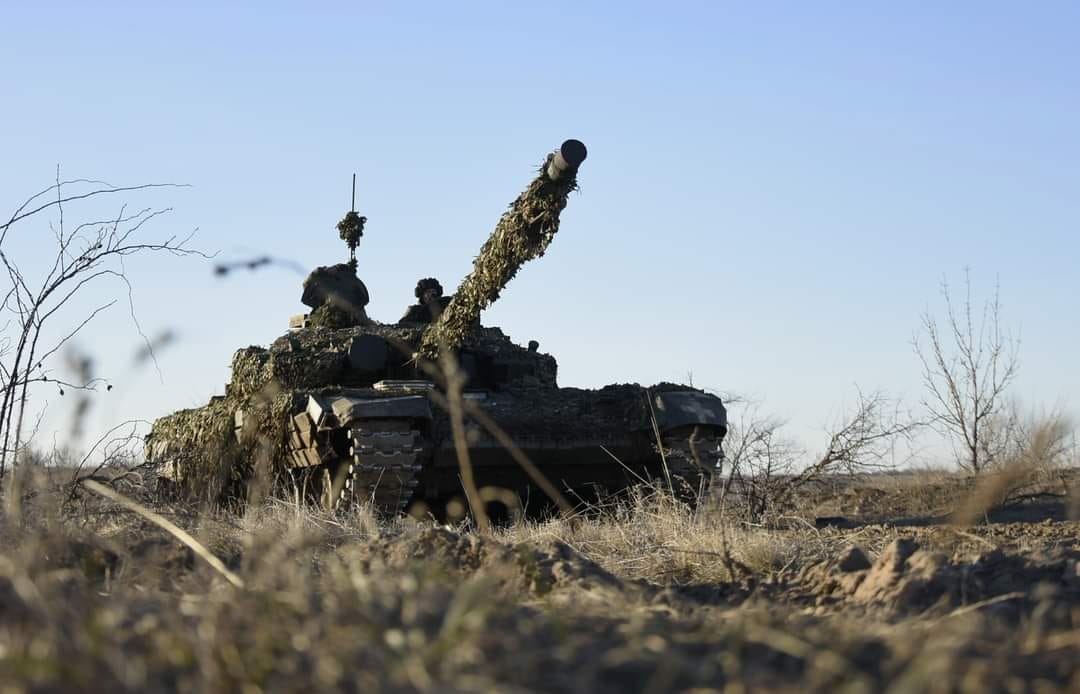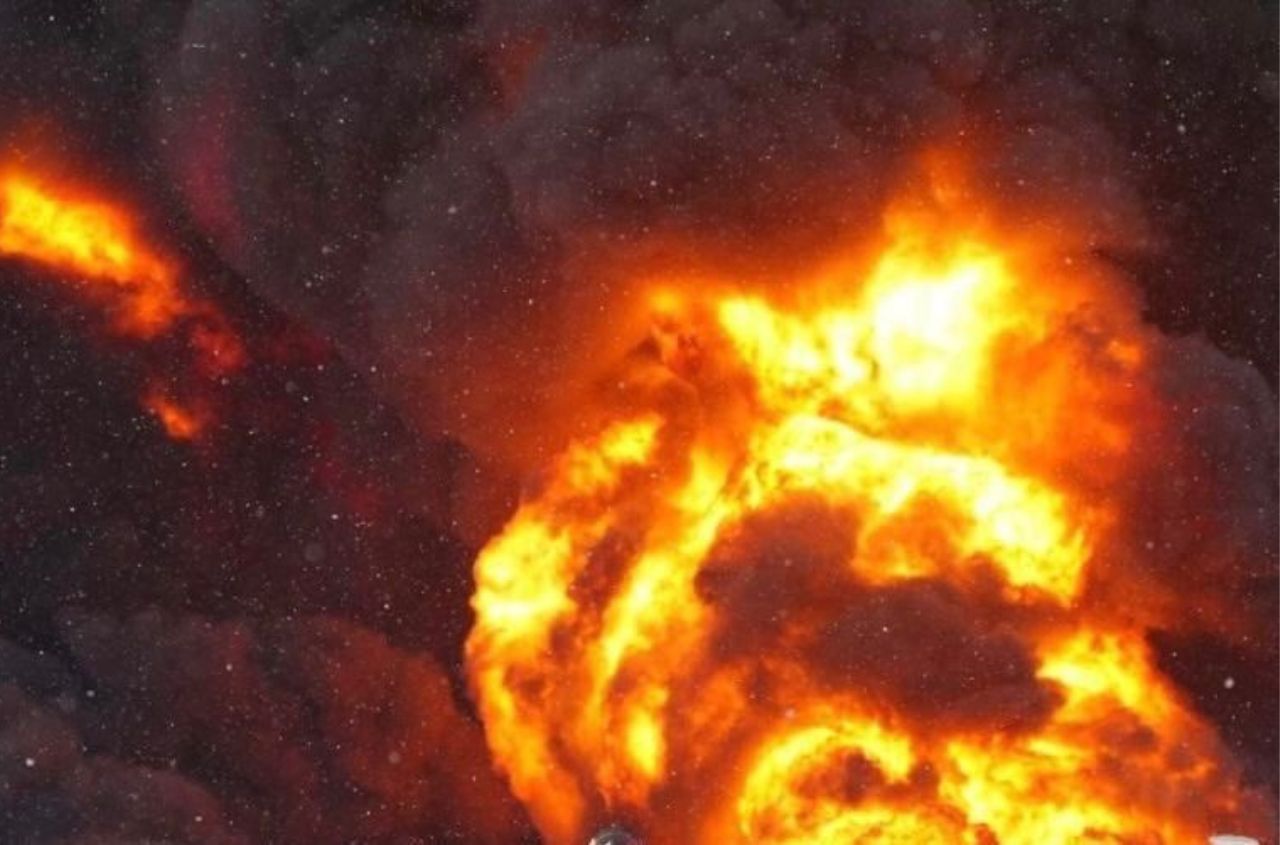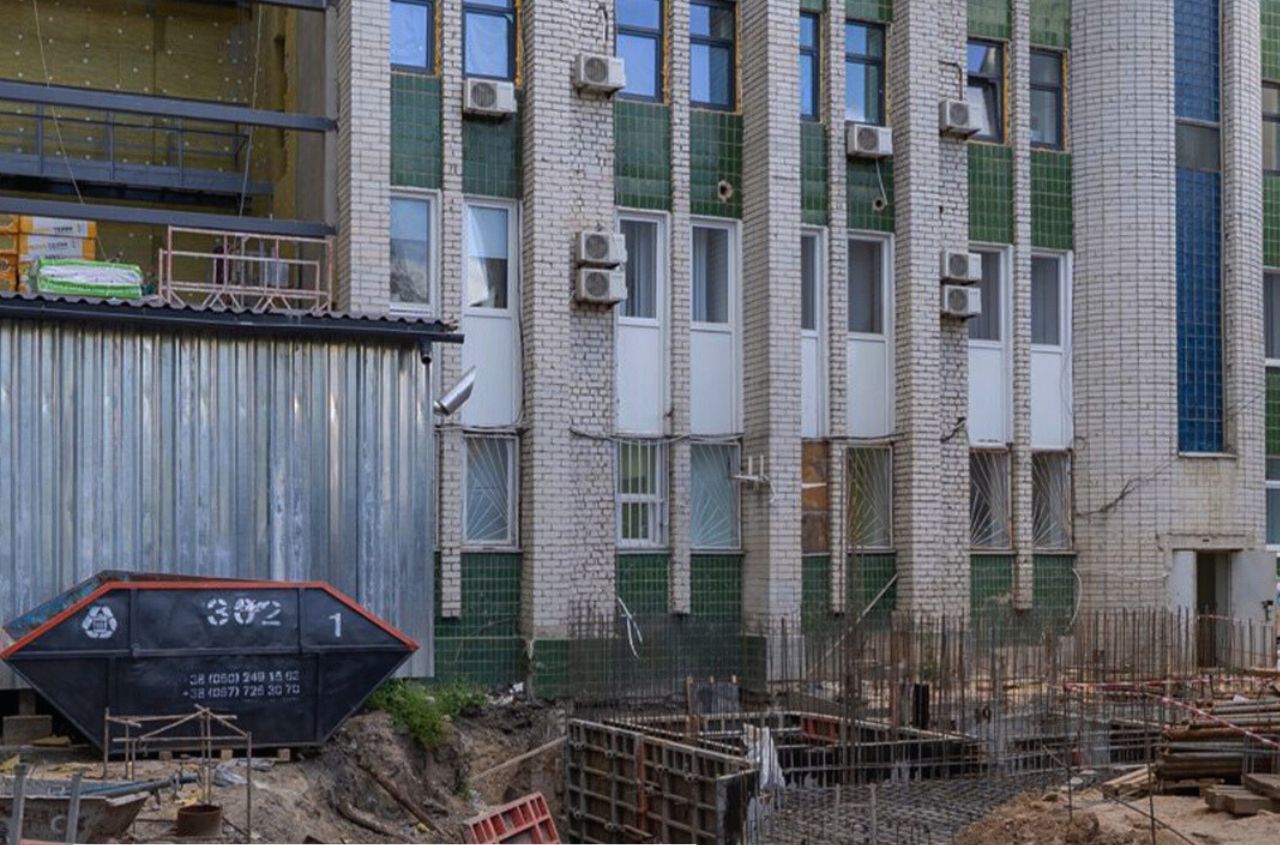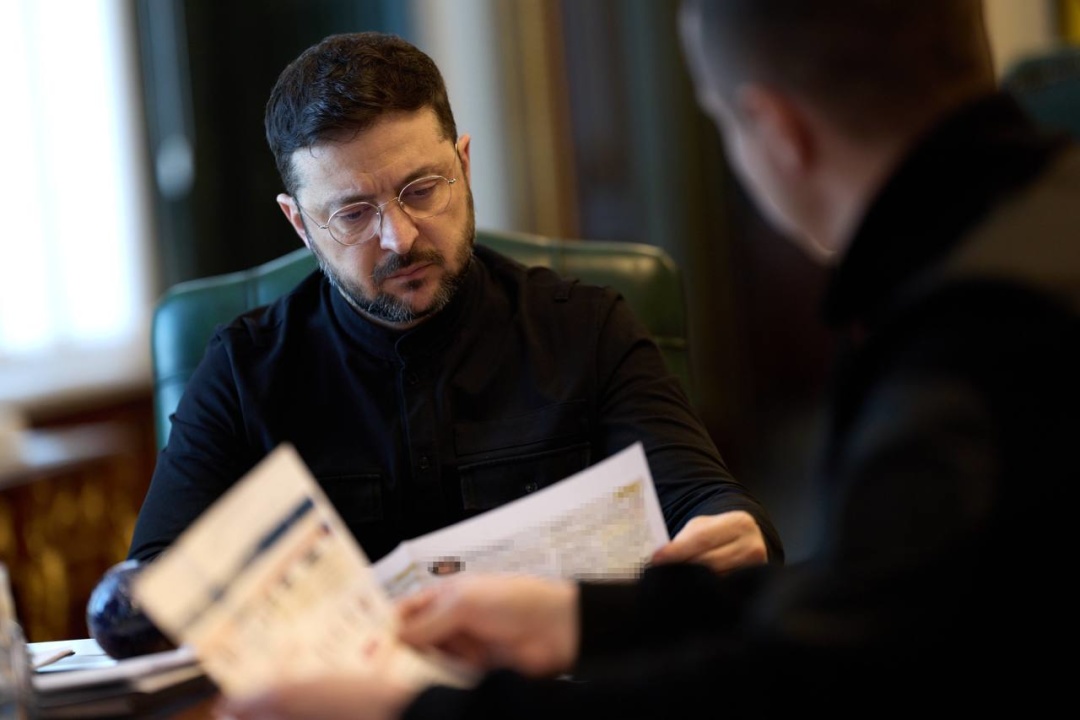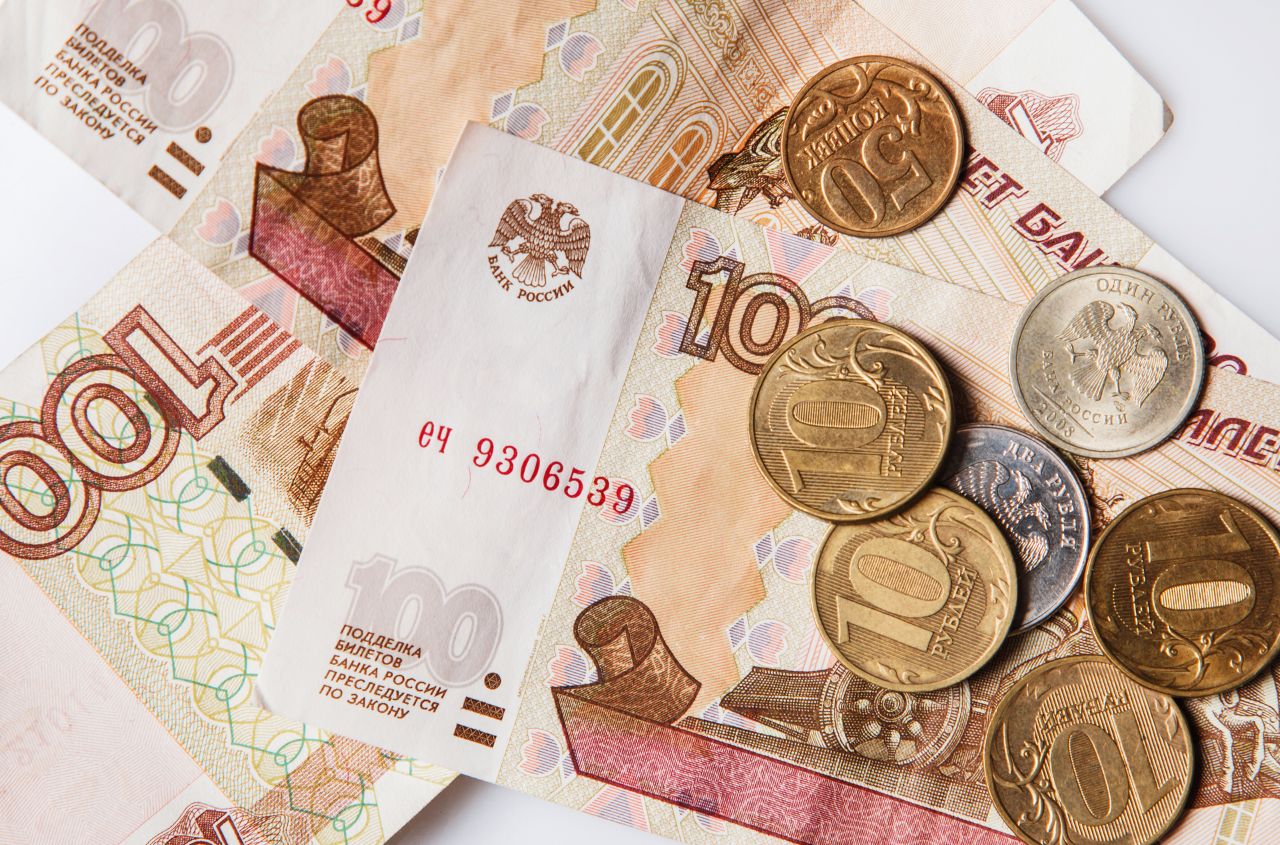Alexander Kovalenko, military-political observer, specially for Minval.az.
Currently, the situation for the Armed Forces of Ukraine (AFU) in the conflict zone is not favorable. Partners who demonstrated stable and comprehensive support (the United States) in 2022 and 2023 have now shifted their focus inward. Meanwhile, Europe may support Ukraine in terms of defense actions, but its capabilities have not reached the level of counteroffensive and liberation of territories captured by Russia.
In the context of these events and the formation of a further strategy, questions repeatedly arise about what could fundamentally influence the situation in the conflict zone in Ukraine so that Russian forces not only lose the initiative for offensive actions but also the ability to retain captured territories altogether.
Overall, there are at least four factors that could fundamentally impact this, primarily through a comprehensive approach rather than individually.
The first factor is artillery parity.
Artillery continues to play a significant role both in offense and defense on both sides. Unfortunately, the Russian artillery component, despite a shortage of ammunition (conducting 70-80 thousand shots per day in February-March 2022, and 10 thousand shots per day in March-April 2024), has a 10 to 1/2 advantage compared to Ukrainian firing capabilities.
Yes, Russia's potential, even with support from North Korea and Iran, has decreased nearly eightfold over the third year, but the potential of Ukrainian forces has also decreased by the same amount. Only restoring parity in the number of shots can change this situation in favor of Ukraine, and here's why.
Firstly, there are high hopes for the Czech initiative of 800,000 rounds of 155mm and 122mm calibers. What does 800,000 rounds mean? It's 5,000 shots over six months. However, it's important to understand that in addition to 155mm and 122mm, the AFU also use 152mm, 125mm, 120mm, 115mm, 105mm, etc. This means we can talk about the prospect of approximate parity in terms of one to two or more.
Secondly, quality matters. The accuracy and range of 155mm ammunition are much higher than those of the Soviet-era 152mm ammunition. So, where it takes 10-15 rounds of 152mm caliber to hit a target, only 2-3 rounds of 155mm caliber are needed, and sometimes even just one. This is why Azerbaijan, geared toward Soviet-caliber artillery, is transitioning to 155mm in collaboration with Turkish companies REPKON, MKE, and ASFAT.
Thus, bringing the ratio to approximately one to two and practically one to one would be a highly sensitive factor for the Russians, significantly limiting their offensive actions through superior human and mechanized components.
The second factor is countering tactical aviation and guided aerial bombs (GABs). Russian tactical aviation currently enjoys total dominance in Ukrainian airspace, primarily through the unchecked use of guided aerial bombs (GABs). This munition has become a lifeline for them in breaching SOU defense lines and breaking fortified areas. In general, the loss of Avdiivka in 2024 was a result of both artillery ammunition shortages and the absence of effective means to counter GABs.
GABs are guided aerial bombs with free-fall capability, which gained their properties by installing universal planning and flight correction modules (UPFCMs) on them. These modules don't significantly increase precision but allow planning up to 50 and sometimes even 70 kilometers. These modules are used on bombs such as OFAB-250/500/1500, ODAB-500/1500, RBC-500/1500, etc.
Countering these bombs involves three components: long-range air defense systems (such as Patriot or SAMP/T), Western-model fighters (F-16), and OTRK, for example, missiles like ATACMS, to strike aerodromes in occupied territories (e.g., Crimea). At present, Ukraine's prospects for obtaining these three ingredients are quite vague. However, their simultaneous availability at a certain moment could radically change the situation in the airspace and significantly minimize the effect of GABs.
Kerch Strait Bridge. The Kerch Strait Bridge is the main logistical artery through which the entire southern grouping of Russian forces in Ukraine is currently supplied. And what is this southern Russian group in Ukraine?
This includes troop groups: defense of Crimea – about 13,500 personnel and 200 units of equipment, including tanks, AFVs, artillery systems, etc.; GV "Dnepr" – about 130,000 personnel, no less than 700 tanks, 1,900 AFVs, 1,000 pieces of artillery, and about 250 MLRS; GV "Vostok" – receives partial supply via the Kerch Strait Bridge and has up to 52,000 personnel, up to 400 tanks, about 900 AFVs, 400 artillery systems, and no fewer than 120 MLRS.
All this mass needs to be supplied with the appropriate MTO daily to maintain its combat capability. However, in the event of loss of functionality of the Kerch Strait Bridge, these forces will not only lose their ability to conduct offensive and assault operations but even defensive ones.
There is no other logistics capable of replacing and compensating for the volumes supplied through the Kerch Strait Bridge in the occupied south of Ukraine. Therefore, the loss of this logistical artery threatens the collapse of the entire system of supplying the colossal troop grouping within a month.
The level of defense of the Kerch Strait Bridge has significantly increased compared to 2022, and therefore, it is the task of the SOU to strike at this illegal structure with such force that its restoration is rendered impossible. Unfortunately, this is a complex task involving numerous variables, but its execution will significantly impact the situation in the southern operational zone in the shortest possible time.
The fourth factor is the acute shortage of fuel and lubricants. Since December 2023, we have witnessed regular flights of certain aircraft in the areas where Russian oil refineries are located. Since the beginning of 2024, these strikes have become systematic, and on January 18, it became known about the successful strike on the St. Petersburg oil terminal. It then became apparent that Ukrainian UAV strikes on Russian territory may not only reach but also exceed a radius of 1,000 kilometers from the border. In just two months, systematic strikes on Russian oil refineries disabled most of these facilities and transit hubs within a thousand-kilometer zone from the Ukrainian border, leading to a reduction in Russian petroleum exports and fuel shortages in some regions of the Russian Federation. However, the goal of these strikes is much more significant. The ultimate aim of the strikes on oil refineries in Russia is to create a shortage of fuel and lubricants for the Russian forces in the combat zone in Ukraine. Essentially, this would mean depriving tanks, armored vehicles, transport vehicles, self-propelled artillery, and other military equipment of fuel. While this is a challenging goal to achieve, it is not unrealistic.
In essence, just as in 2022 when Russian forces first experienced signs of ammunition shortages for artillery, resulting in a significant reduction in offensive capabilities, the shortage of fuel and lubricants could similarly affect Russian offensive actions in Ukraine in the future.
Therefore, strikes on Russian oil refinery facilities are not only intimidating or economically impactful but primarily strategic. And it is precisely the acute shortage of fuel and lubricants that could significantly diminish Russian offensive potential.
Conclusions. The aforementioned factors, when considered collectively rather than individually, could prove decisive in tipping the current phase of the war. However, as we can see, they are all interdependent to some extent. Some depend on the supply of specific components (such as ammunition, air defense systems, aviation, missile systems, etc.) from Ukraine's international partners, while others depend on the level of preparation and weakening of the enemy's capabilities, and still others depend on the accumulation of Ukraine's own resources.
In any case, Ukraine is currently in a position where superiority over the adversary and the creation of conditions for a breakthrough in the situation in many cases depend primarily on Ukraine itself, without being an insurmountable task.









